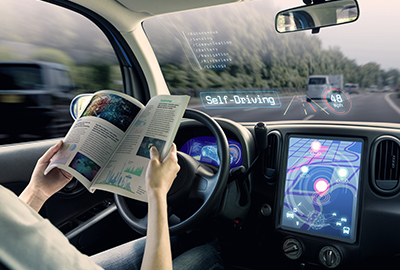 Even though machine vision and automation are coming up on a century of use, demand for vision-enabled automation systems is rapidly increasing every year. New factors such as the global pandemic, the labor shortage, and the great resignation are pushing manufacturers to find new all-new applications where machine vision and automation can provide relief.
Even though machine vision and automation are coming up on a century of use, demand for vision-enabled automation systems is rapidly increasing every year. New factors such as the global pandemic, the labor shortage, and the great resignation are pushing manufacturers to find new all-new applications where machine vision and automation can provide relief.
Machine Vision Helps Take Automation to Another Level
There was once a time when every movement a robot made had to be precisely controlled by its programming. Since they were operating blind, they relied on parts, pieces, and people to be in precisely the same spot every time. When something on the assembly line didn’t go as planned, there was either a catastrophe or a shutdown.
With advancements in camera technology, onboard processing, and cloud computing, integrators started asking what limits could be pushed if robots were able to see their surroundings. All it took was a camera, a processor, and a device to control. When machine vision was deployed, robots could finally “see” what was going on and understand it in real-time.
Robots were now able to pick and place components on their own. They could read barcodes and instantly know what product was coming down the line. And they could grip parts and move them faster to speed up tasks like welding or cleaning. But that’s not all. Machine vision helped automation leave the factory floor for freedom in the outside world.
New Applications Secure the Future of Machine Vision
Helping machines get better at sorting food, finding defects, and picking parts were great for the assembly line. But machine vision has found its way into consumer technology. Drones equipped with vision can fly out of distribution centers, cross cities, and deliver packages to a customer’s doorstep.
Automation has been added to the automobile to help humans stay safer. Vision cameras help keep cars in their lanes, they prod drivers when they appear drowsy, and they even navigate passengers to their destination without human interaction. Autonomous vehicles deliver gigabytes of data to the cloud each day while making smart driving decisions.
Until recent years, machine vision has been focused on the visible light spectrum, mimicking what humans see. But hyperspectral imaging is the next evolution of machine vision. The information contained in the ultraviolet and infrared spectrums alone will help boost detection in all-new applications from product defects to terrorist threats.
Wondering how to leverage automation at your facility? Find the right camera for your next machine vision project
